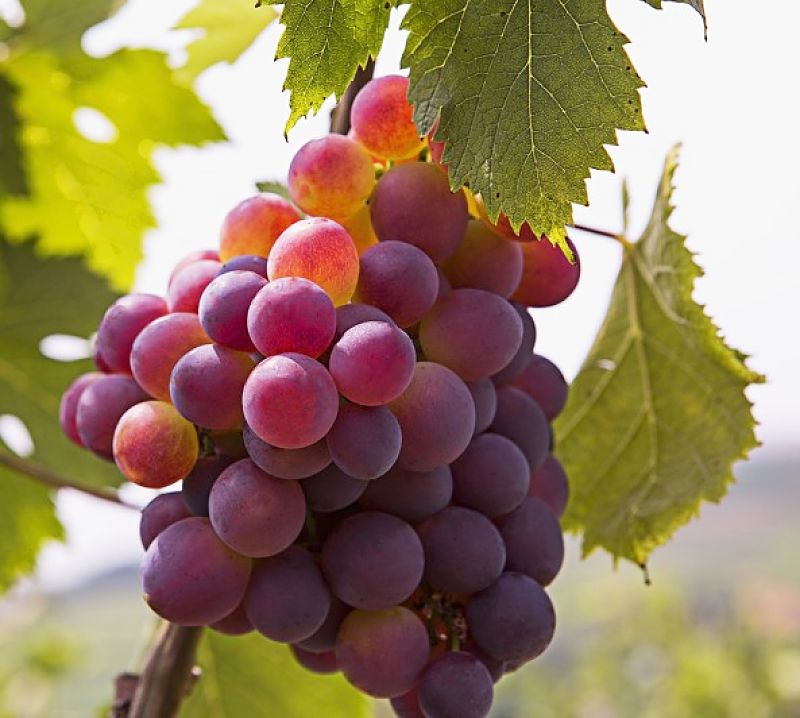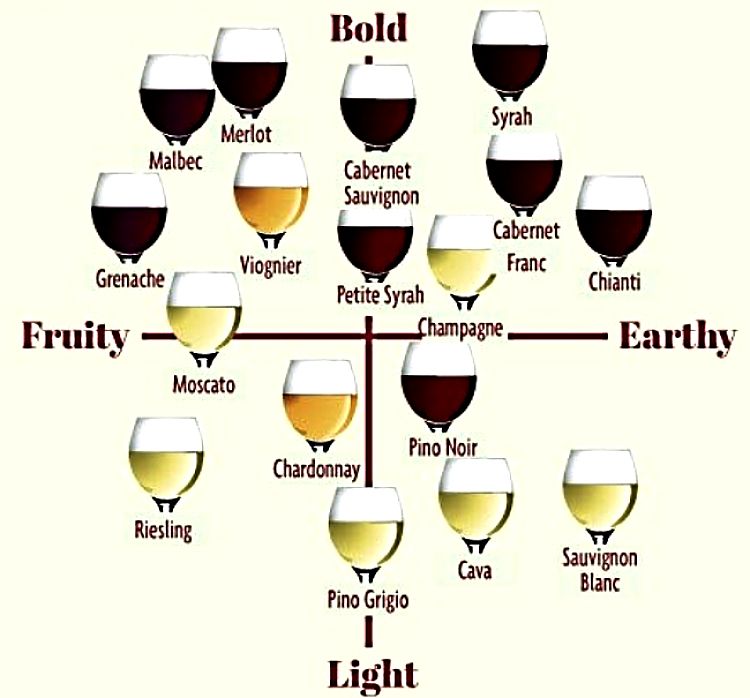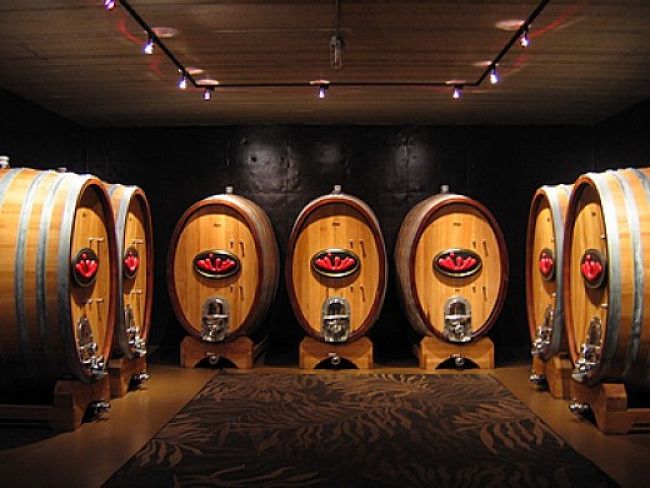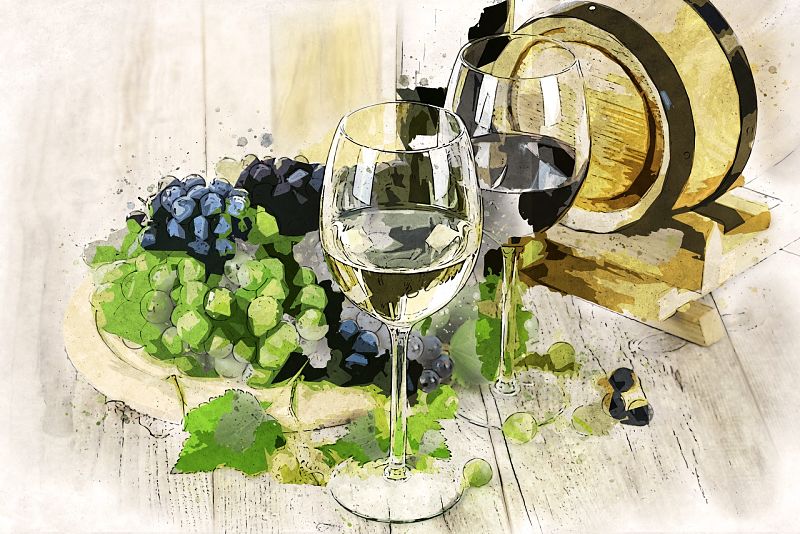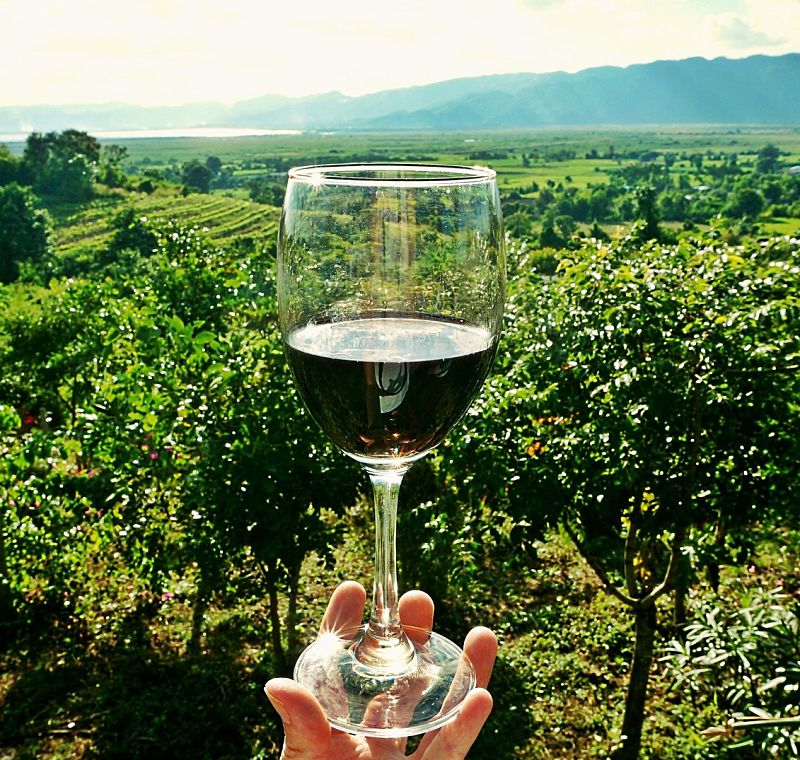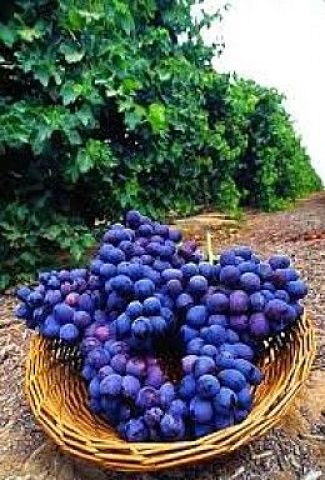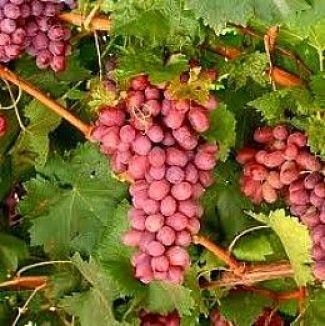Wine Grape Family Tree Shows Huge Untapped Potential for Cross-Breeding
The grape is one of the earliest fruit crops that were domesticated and it has been widely cultivated and prized for its fruit and wine for thousands of years. The fruit from the world’s 8 million hectares of vineyards is mostly processed into wine, dried into raisins, processed into nonalcoholic juice, and distilled into spirits.
The archaeological record suggests that cultivation of the domesticated grape, Vitis vinifera subsp. vinifera, began 6,000–8,000 years ago in the Near East from its wild progenitor, Vitis vinifera subsp. sylvestris.
The thousands of grape cultivars in use today have been generated since then by vegetative propagation and by crosses.
Wine and table grapes currently receive intense chemical applications to combat severe pathogen pressures.
This susceptibility to disease, however, is not attributable to a lack of genetic diversity. Vinifera harbors levels of genetic variation an order of magnitude greater than humans and is comparable in diversity to maize and other crops.
Researchers from Myles of Stanford University in California examined 9000 genetic markers in a total of 583 cultivated grape varieties, or cultivars, to establish the Wine Grape Family Tree.
The Wine Grape Family Tree
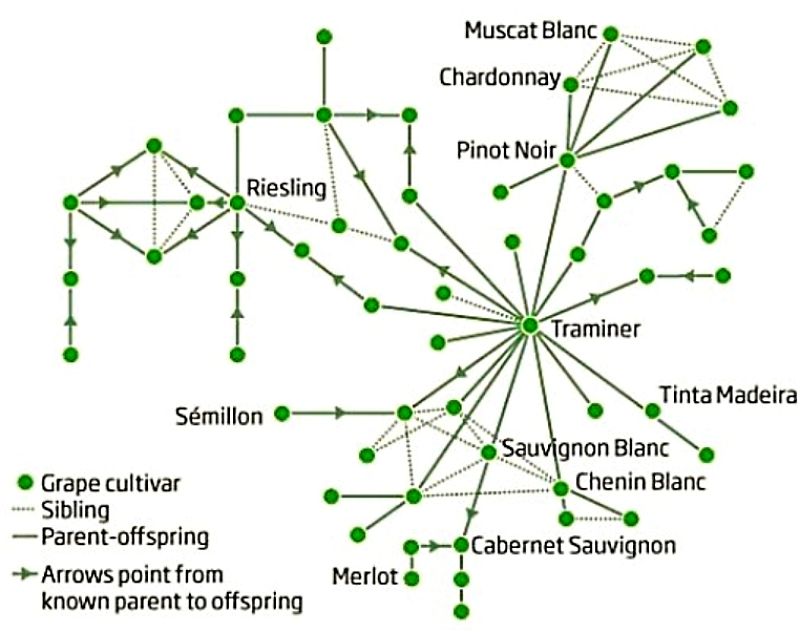
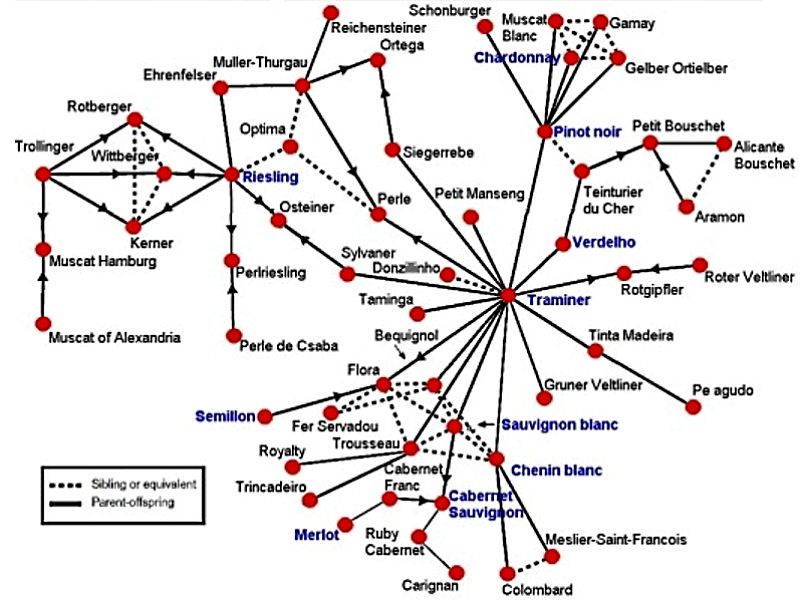
The archaeological evidence has suggested that grapes were domesticated in the South Caucasus between the Black and Caspian Seas. The cultivated vinifera was then spread south by trade and population migration to the western side of the Jordan Valley, the Fertile Crescent and to Egypt by about 5,000 years ago.
The research study found that the relatedness between sylvestris and vinifera populations were consistent with the theories suggested by the archaeological data. The study supports a geographical origin of grape domestication in the Near East.
Grape growing skills, vines and winemaking processes then spread westward toward Europe, where there was the possibility of genetic exchange with the local wild sylvestris from Western Europe. However, the extent to which local wild sylvestris contributed genetically to Western European vinifera cultivars, has led to a lot of debate. The results of the research study supports a model in which modern Western European cultivars were infiltrated with genes from local wild sylvestris.
The study also found that although there was substantial genetic diversity maintained in the grape after domestication, most of the main cultivars are close cousins of one another. This was true, regardless of where they are grown.
It was suggested that the widespread adoption of vegetative propagation was a double-edged sword for the species:
- it provided a benefit by ensuring true breeding cultivars,
- it discouraged the generation of unique cultivars through crosses.
The grape currently faces severe problems with a variety of pathogens. The long-term sustainability of the grape and wine industries dependent on it will rely on making use the grape's tremendous natural genetic diversity to find ways of dealing with these diseases.
Moreover, the results show that the breeders over thousands of years have been relatively conservative in the crosses they have made, reusing several cultivars over and over again. For example the Traminer cultivar has been bred for hundreds of years and has a total of 20 first-degree relatives in the wine grape tree.
Despite in more than 5000 years of cultivation since domestication, breeders have left a vast range of possible varieties produced by crosses relatively untapped. This is a great opportunity for breeders wanting to develop cultivars that are resistant to disease as very few of the potential crosses have actually been made.
The other reason for the relatively small number of cultivars in use today include the devastation of European vineyards in the late 1800s by mildews and phylloxera. Vegetative propagation was widely used, grafting existing cultivars onto phylloxera resistant root systems, and then producing multiple vines vegetatively. The development of the global wine industry also tended to use existing cultivars.
The identification the wine grape family tree has confirmed the history of grape domestication and highlighted the untapped opportunities for cross-breeding to develop disease resistant cultivars and to adapt the grape for climate change.

